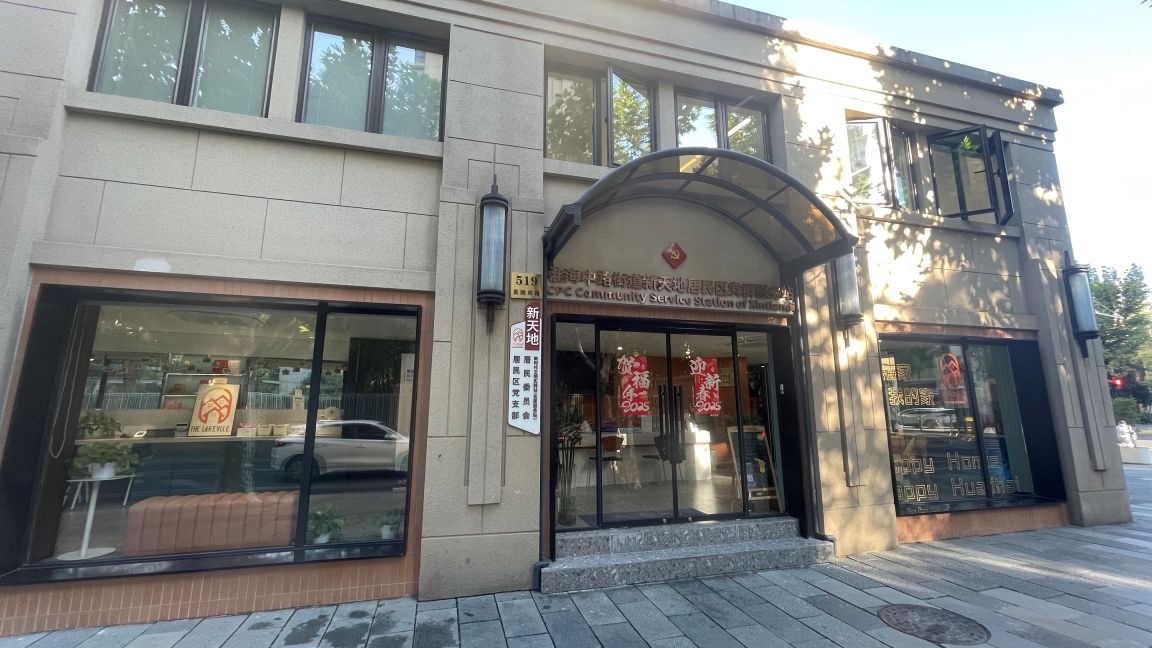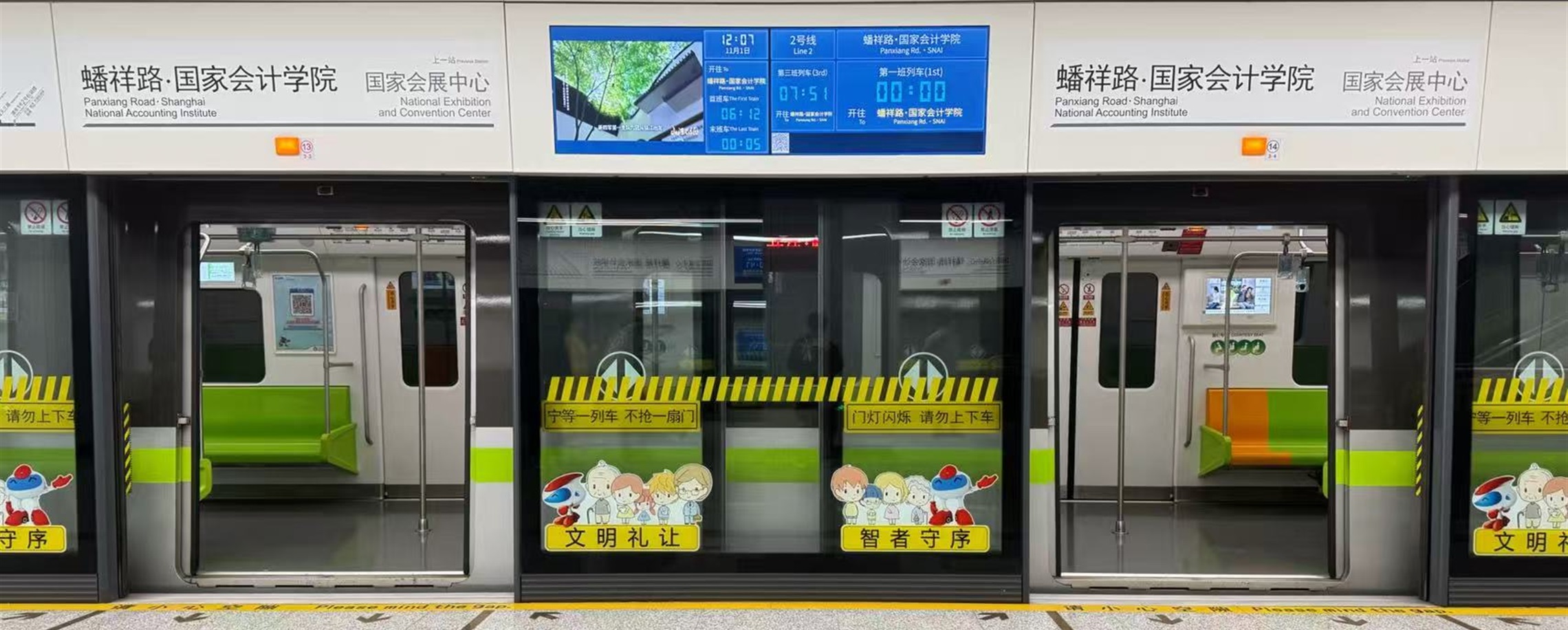[Health Byte] How 2 Spot Kidney Symptoms & Treatment in Shanghai
Editor's Note
[Health Byte] is your insider guide to navigating Shanghai's health maze. From the labyrinth of public and private healthcare options to the pulse of cutting-edge medical services, we've got you covered. Each bite-sized article ends with a health tip, making wellness in the city more accessible than ever. Wondering about hospital features, where to find bilingual medics, or the scoop on insurance coverage? Health Byte breaks it down, offering clear, actionable insights.
![[Health Byte] How 2 Spot Kidney Symptoms & Treatment in Shanghai](https://obj.shine.cn/files/2025/10/25/099e6450-9a4e-40a0-a59d-9d6049464f52_0.jpg)
Kidneys... The Quiet Organs
Kidney failure sounds distant – something that happens to other people, the unlucky or the old. But it's closer than most of us think. The two biggest culprits are chronic kidney disease (a long-term decline in kidney function) and diabetes (high blood sugar that damages blood vessels). Both are now as common in China as bubble tea.
A Nation of Fragile Filters
In China, about 8-11 percent of the population lives with chronic kidney disease – that's over a hundred million people. Most don't know it. The kidneys work quietly, filtering waste and balancing fluids, until one day they don't.
By the time the disease reaches its fifth and final stage, the only options left are dialysis (a machine that does the kidneys' job) or a transplant.
Dr Gu Xiangchen from Yueyang Hospital's nephrology department puts it plainly:
"It requires high awareness because chronic kidney disease has no significant symptoms early on. Many people only discover it when they're already in the middle or terminal stage."
In other words, the kidneys don't complain until it's too late.
What to Watch For
That's why Dr Gu recommends an annual health check – the kind most people skip.
If a urine test finds proteinuria (protein leaking into urine), it's time to see a specialist. Other red flags: Swelling (fluid retention), foamy urine (a sign of protein loss), or blood in urine.
Any of those signs – especially if you also have hypertension (high blood pressure), are reasons to stop Googling and start visiting a doctor.
The Other Enemy: Sugar
Diabetes, the other major cause of kidney failure, works slowly but relentlessly. It damages blood vessels everywhere – in the eyes, heart, and kidneys – the organs that depend on those vessels most.
Doctors even have a dark joke:
You'd rather have HIV than diabetes.
The reasoning? HIV (a virus that attacks the immune system) can be managed with medication. Diabetes can be controlled, but not reversed. Even well-managed diabetes leaves its mark on blood vessels, and the kidneys – a dense network of these tiny channels – eventually pay the price.
Hidden Dangers
Kidneys are sensitive creatures. Beyond diabetes and chronic disease, other threats lurk in ordinary life: hyperuricemia (too much uric acid, often linked to gout), infections, and even common medications.
Nephrotoxic antibiotics and over-the-counter painkillers can both stress or scar the kidneys if used too often.
![[Health Byte] How 2 Spot Kidney Symptoms & Treatment in Shanghai](https://obj.shine.cn/files/2025/10/25/14367840-fef0-4d23-8e29-df2738a8c3bf_0.jpg)
The Body's Blood Loop
Dialysis isn't some abstract hospital term. It's what happens when your kidneys stop doing their quiet, daily labor – filtering the blood, balancing fluids, keeping you alive without ceremony. When they fail, waste and toxins build up, like traffic during rush hour on the Yan'an elevated road. Dialysis steps in to clear the jam.
There are two main kinds: hemodialysis and peritoneal dialysis (a method using the lining of your abdomen as a filter). Hemodialysis is the workhorse – the one most people imagine, the tubes, the hum of the machine, the hours spent waiting while your blood leaves your body, gets cleaned, and comes back again.
Inside Yueyang
Shanghai Yueyang Hospital – known to anyone who's had to navigate its long registration queues – runs one of the city's largest single-center hemodialysis facilities, nearly a hundred machines quietly working in sync. The place hums with a strange rhythm: half hospital, half mechanical symphony.
The science behind it sounds complex – convection, diffusion (movement of molecules), filtration (pushing water across a membrane) and adsorption (particles sticking to the surface) – but the principle is simple. The machine becomes an artificial kidney:
- Blood is drawn from a vein in the arm.
- It's filtered through the dialyzer (the stand-in kidney).
- Clean blood returns, red and warm, to the body.
Three times a week, every week. That's the rhythm of a dialysis life.
The Price of Survival
Each session in Shanghai costs about 400 RMB – roughly the price of dinner and drinks on Yongkang Lu. For patients with serious-disease insurance under the government plan, the price drops, but it's still a grind, both physically and financially.
Dr Gu Xiangchen from Yueyang Hospital explains it like someone who's said it hundreds of times, but still means it:
"Our center has its own precheck list for hemodialysis, requiring patients to report their vascular access and the position for injection. We design an individualized plan for each patient based on weight, disease condition, and underlying diseases."
She talks about it as a process of precision – a quiet choreography between machine and human.
Screening and Safety
There's also the invisible layer: infection control. Every new patient goes through screening for hepatitis B and C, RPR (a blood test for syphilis), and HIV/AIDS (a virus that weakens the immune system).
"If the patient is positive for HIV/AIDS, he or she can only receive hemodialysis in the Shanghai Public Health Clinical Center," Gu says. "Our center can receive patients with other infectious diseases, but they'll be assigned special machines to reduce the risk of cross-infection."
It's the kind of policy that feels bureaucratic on paper but has a logic born of experience. In a city that moves this fast, even the blood has to be managed in lanes.
Patients are tested before their first session, then every three months – a cycle of vigilance that mirrors the pace of the city itself: regular, relentless, quietly efficient.
![[Health Byte] How 2 Spot Kidney Symptoms & Treatment in Shanghai](https://obj.shine.cn/files/2025/10/25/d88fb0a8-57a0-446c-91e9-a2d22c7b60d8_0.jpg?x-image-process=style/style-watermark)
A Quick Tale of a Laowai Blood Filter
For Aaron Hailwood, a New Zealander, Shanghai's hemodialysis system came as a surprise – not because it worked, but because of how well it worked.
"The hemodialysis in Shanghai is very efficient, high-quality, international standard, and price-friendly," he said.
It's not the kind of endorsement you expect to hear in a hospital hallway. But for expats used to bureaucratic labyrinths or slow-moving medical systems, China's ability to move fast – once you're in the system – can feel startling.
"Doctors here speak very good English. Medical staff are very professional and efficient. All the consultation, preparation, and the first dialysis are done within one day," he said. "The price is also good here. It is five times in Thailand."
One day. In a city where it can take longer to renew a residence permit, that kind of turnaround feels miraculous.
"It is the first time that I receive a treatment in China. It is convenient. I will be visiting Shanghai again," he said.
He says it casually, like someone talking about a favorite restaurant. But the subtext is something else – a quiet recognition of the city's competence, the kind that doesn't always get noticed.
In a place where traffic never stops, food arrives in minutes, and you can book a doctor's appointment on an app before breakfast, even dialysis moves with Shanghai's particular kind of momentum: brisk, organized, and, somehow, reassuring.
Health Byte Tips – A Simple Anti-Aging Trick
Aging doesn't knock. It just slips in – somewhere between the second flight of metro stairs and the moment you realize you've started sighing when you sit down. It's subtle. One day you're fine, the next your knees have opinions.
At a recent Double Ninth Festival – that's the one day a year when China officially says "thank you" to its elders – Dr Bao Zhijun from Huadong Hospital showed up with something unexpectedly practical: a test for aging that doesn't need a machine, a nurse, or even a clinic.
You just need your hands.
Here's how it goes: make a ring with your thumbs and ring fingers, one on each hand. Wrap that circle around the thickest part of your lower leg – right around the calf. If your leg fills the circle or bulges out a bit, great. You're probably doing fine in the muscle department. If your calf is smaller than the ring – meaning your hands meet with room to spare – Dr Bao says that's a quiet red flag for muscle loss (the gradual thinning and weakening of muscle tissue, known medically as sarcopenia).
It's not a diagnosis, just a signal. But one worth paying attention to.
Dr Bao's advice for those who don't pass the test: don't panic, don't Google yourself into oblivion, and definitely don't give up. Muscle can be rebuilt – through the unglamorous but reliable trio of exercise (especially resistance training), protein-rich food (like fish, eggs, tofu, and lean meat), and professional guidance (someone who actually knows what they're doing, like a doctor or physical therapist).
Aging may creep in quietly, but that doesn't mean you have to let it take the stairs alone.
![[Health Byte] How 2 Spot Kidney Symptoms & Treatment in Shanghai](https://obj.shine.cn/files/2025/10/28/7dee32fe-19b8-4fc1-860a-c791b2726769_0.jpg)
![[Health Byte] How 2 Spot Kidney Symptoms & Treatment in Shanghai](https://obj.shine.cn/files/2025/10/28/4840e451-cb44-4712-a58a-cf3c89ab968d_0.jpg)
Upcoming Topics
Local TCM hospitals are developing computer software and mechanic arms to do acupuncture and tuinan to promote the service under a shortage of medical professionals. Let's see how it works.
About the Author
Cai Wenjun is a seasoned health reporter with Shanghai Daily. With extensive experience covering the local medical system, hospitals, health officials and leading medical experts, Cai has reported on major pandemics including SARS, swine flu and COVID-19, as well as developments in the local health industry.




In Case You Missed It...





